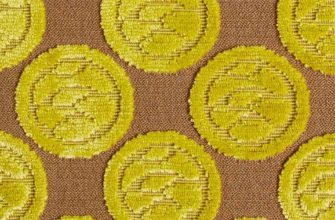There is a wide variety of fabrics with different textures on sale, and the composition of each is different. If you buy a ready-made set, it is important that it is of high quality and meets the standards. The fabric from which the pillowcase or sheet is sewn affects sleep, emotional well-being and tactile sensations. In order for your rest to be complete and comfortable, it is worth studying in advance before buying a set which fabric is best for bed linen.
Density requirements
Quality material always meets certain requirements, but the most important thing is its density. If you do not take this into account when buying, you can buy a cheap fake that will quickly lose quality. There are two types of texture: surface and linear.
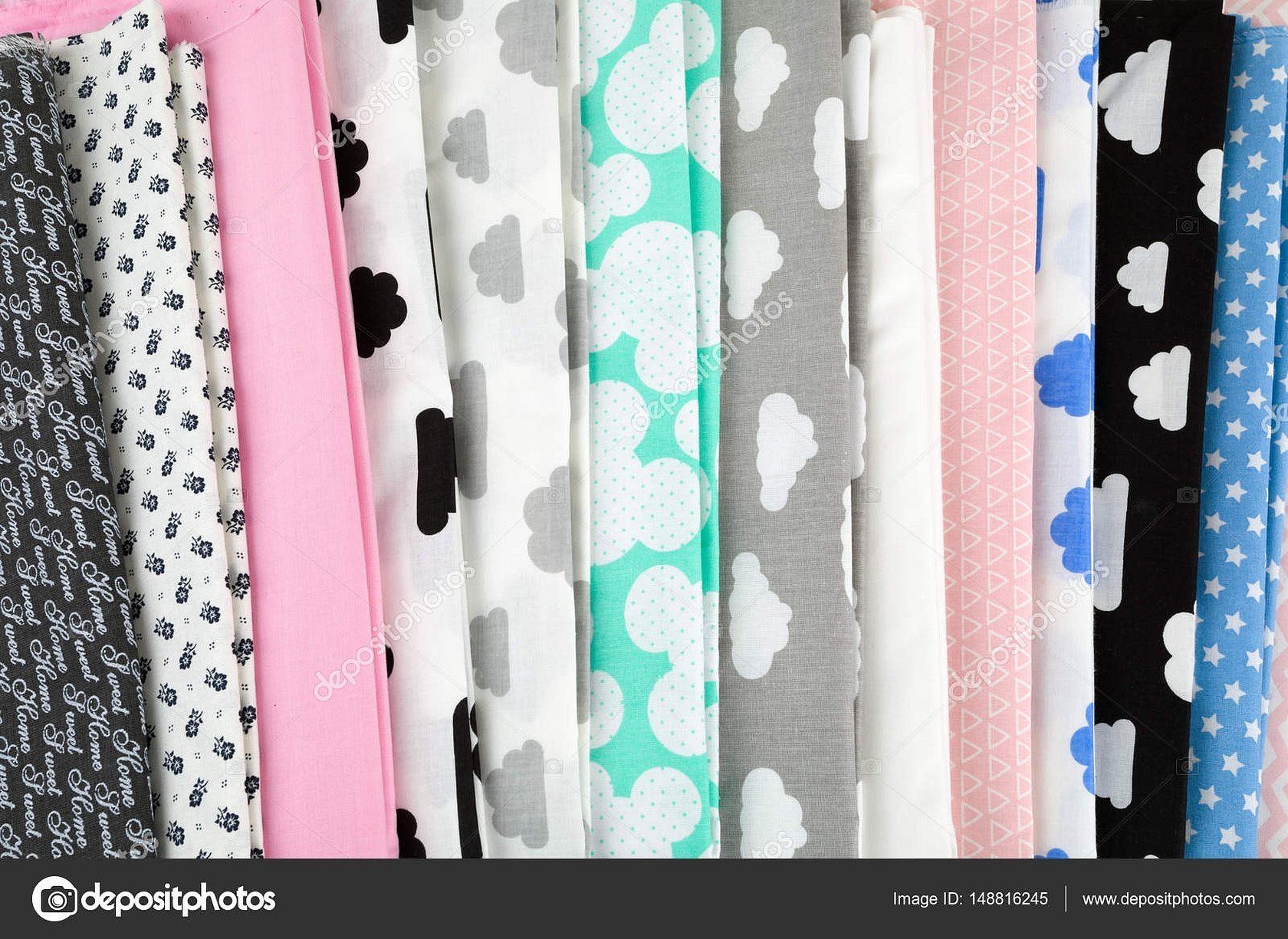
- in the first option, the number of threads is taken into account, and the product label may also contain the inscription TC — Thread Counts is a world standard that measures density in pounds per cm²;
- in surface area, grams of material per m² are counted.
The following types of fabrics are related to linear density:
- The batiste is not dense. 20-30 threads per 50-75 TC.
- Calico is a little denser than the previous material. 35-40 threads or 80-100 TC.
- Linen is not quite dense, but not as thin as cambric. 50-56 threads or 120-140 TC.
- Poplin and ranfors are considered high-quality fabrics with a density above average. 65-80 threads or 160-200 TC.
- Satin and percale are quite durable materials and they are more expensive than the above examples. 85-120 threads or 200-300 TC.
- There are also elite options: satin textures and jacquard. Their density is 130-280 or 320-700 TC.
Important! The most durable material for sewing bed linen is Egyptian cotton made from long fibers. It practically does not fade and does not form pellets.
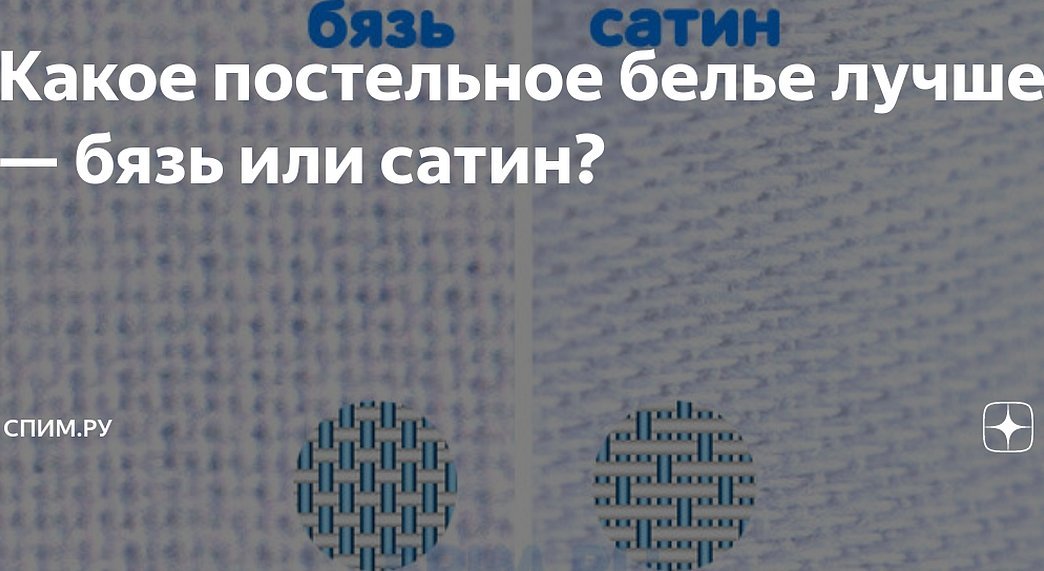
If you make a choice based on the surface quality of the texture, then the most important thing is the twist of the threads and the density of their adhesion to each other. In Chinese poplin there are more threads per cm² than, for example, in Russian calico. But the weight of the threads in the Chinese product is less, because they are better twisted with each other. When choosing a fabric based on surface density criteria, each option should be considered separately and clearly.
Selection rules
Reliability and durability are the main guarantees that the bedding set will last a long time. When choosing a material, it is advisable to follow a few tips. The ideal fabric for bedding should not shrink after washing or fade.
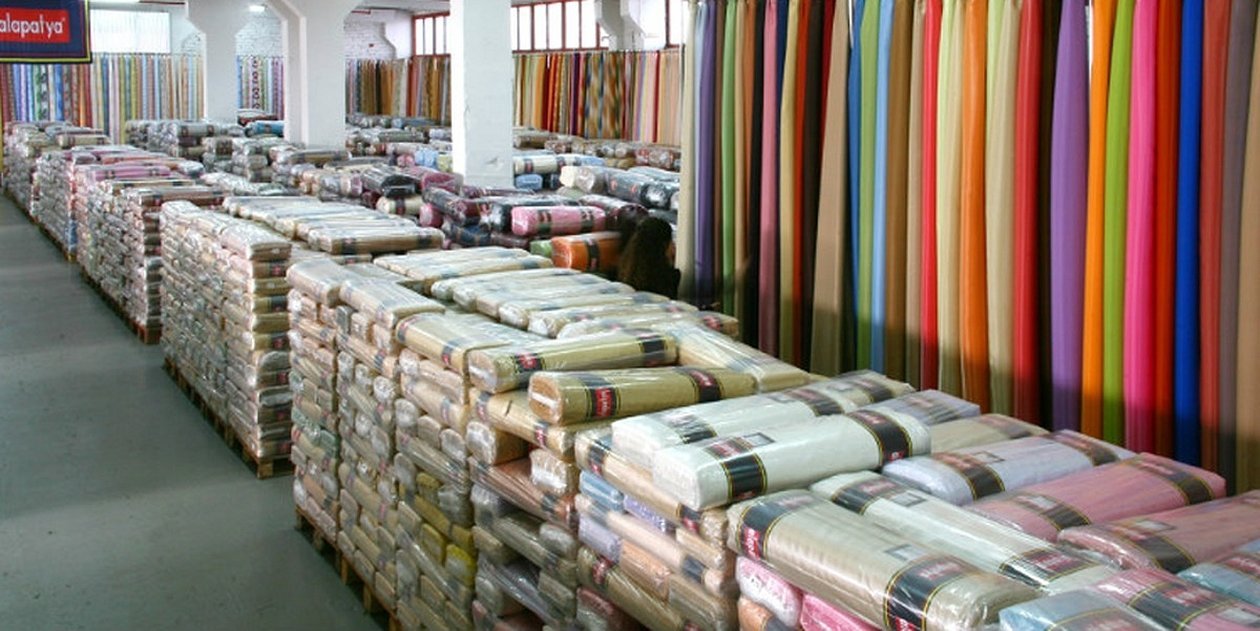
- The material can be made of one or several types of threads. The main thing is that it should be hygroscopic and pleasant to the touch.
- Gift sets are usually not designed for repeated washing. Such sets are made of expensive threads and have decorative trim.
- Textiles should have their own smell, which should not give off chemicals. If there is some unpleasant sharp aroma from the fabric, it means that it was not manufactured in accordance with the technology.
- Silk products are expensive and are considered an ideal gift option. However, silk bedding is not suitable for everyday use.
- It is desirable that the bed linen be without stitching in the middle, because it is much more comfortable to sleep on a flat surface.
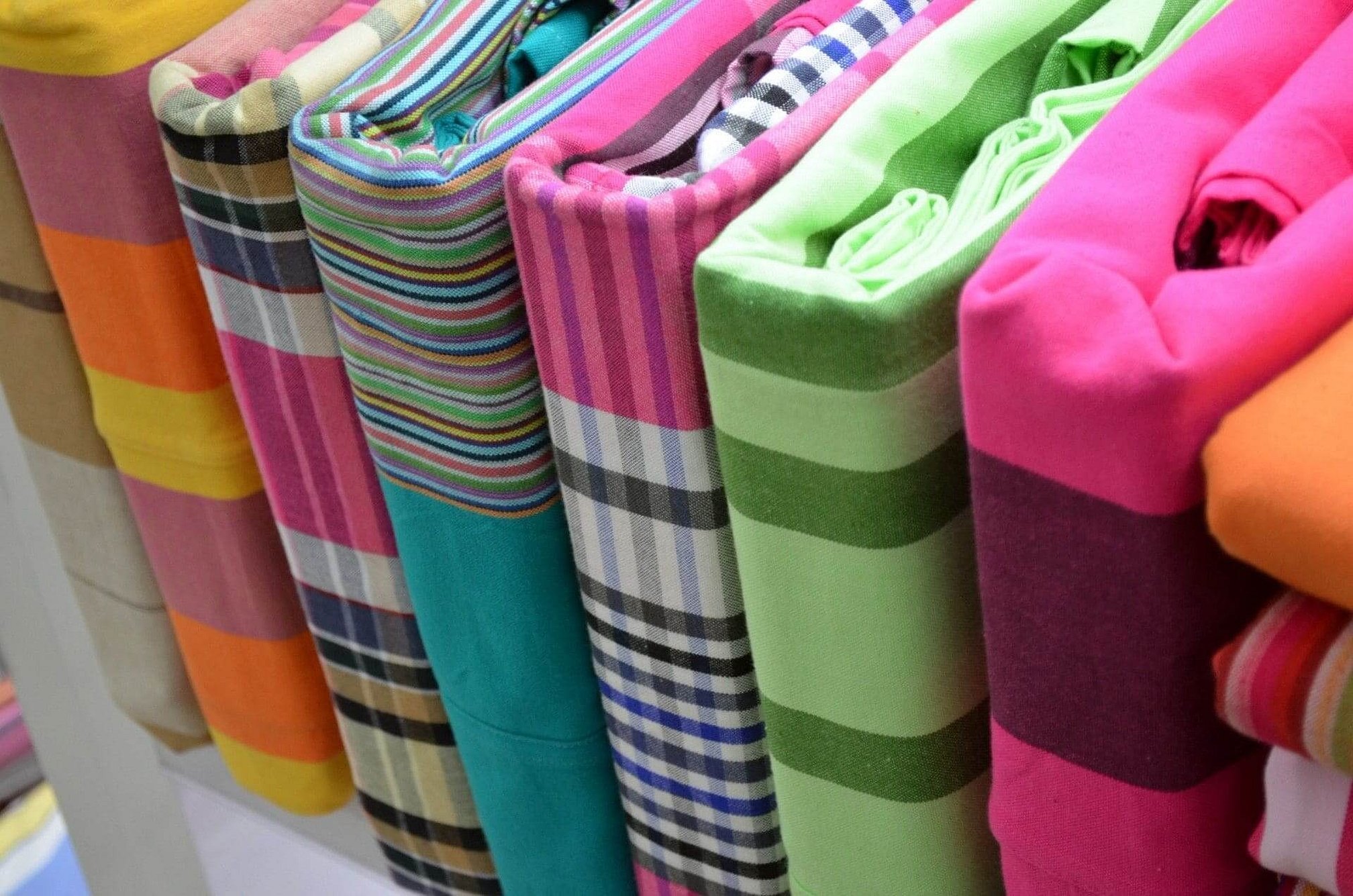
Please note! A reputable manufacturer does not skimp on packaging. The product tag should contain information: the name of the manufacturer, contacts, fabric composition. It is also important to have care instructions.
Types of fabrics and their characteristics
There are more than 10 types of natural materials from which bedding sets are sewn. Based on personal requirements and financial capabilities, you can choose the ideal version of the set. Information on what fabric density is best for buying sets and bed linen is relevant with a wide selection in the store.
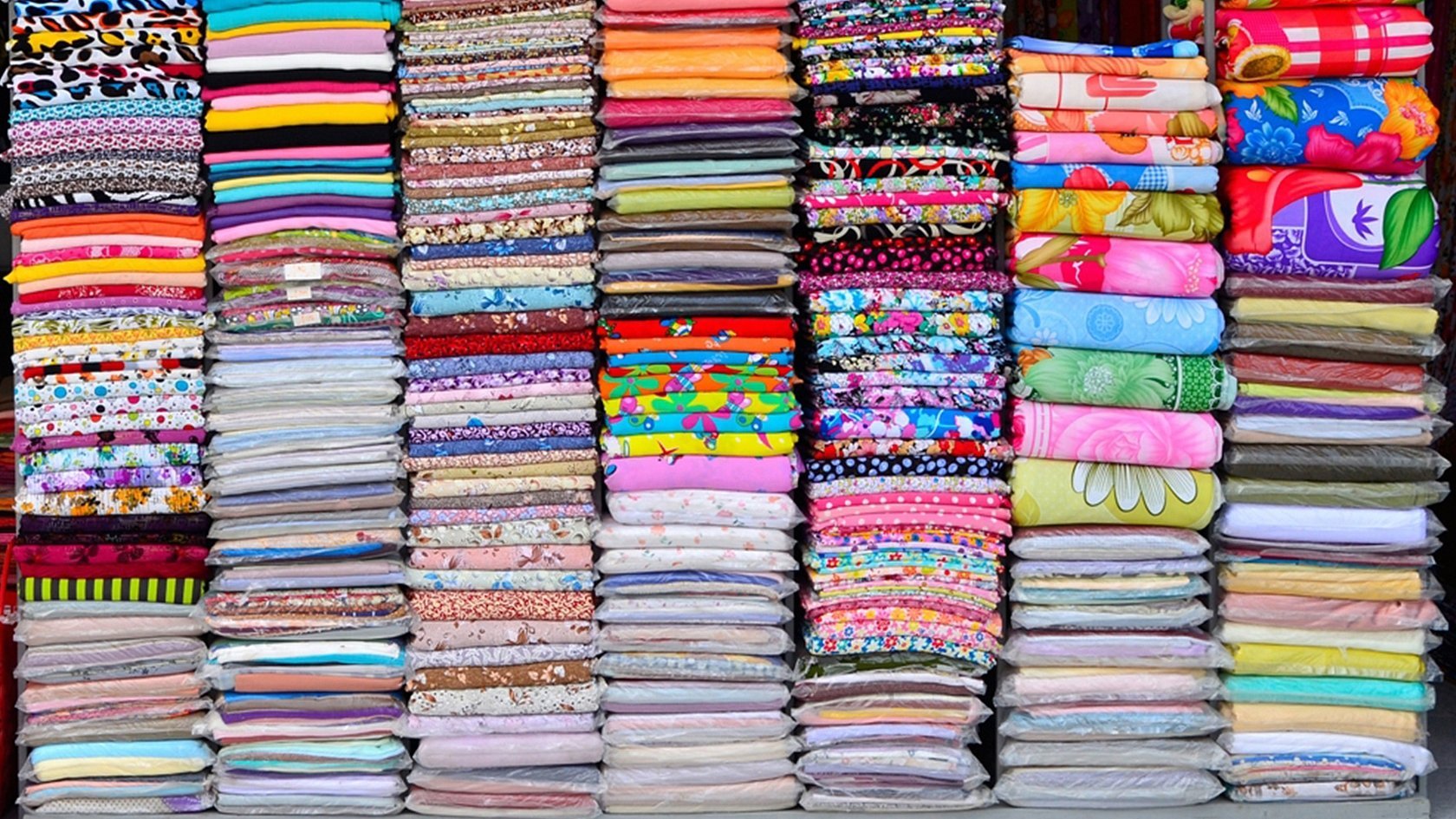
Satin
Dense cotton fiber material is considered not only beautiful in appearance, but also durable. Also, a satin set does not shrink when washed, does not roll, and does not fade. Satin linen is suitable for a child's bed, as it does not cause allergic reactions and is tactilely pleasant. Often, such fabric looks shiny - this effect is achieved by strongly twisting the threads when sewing.
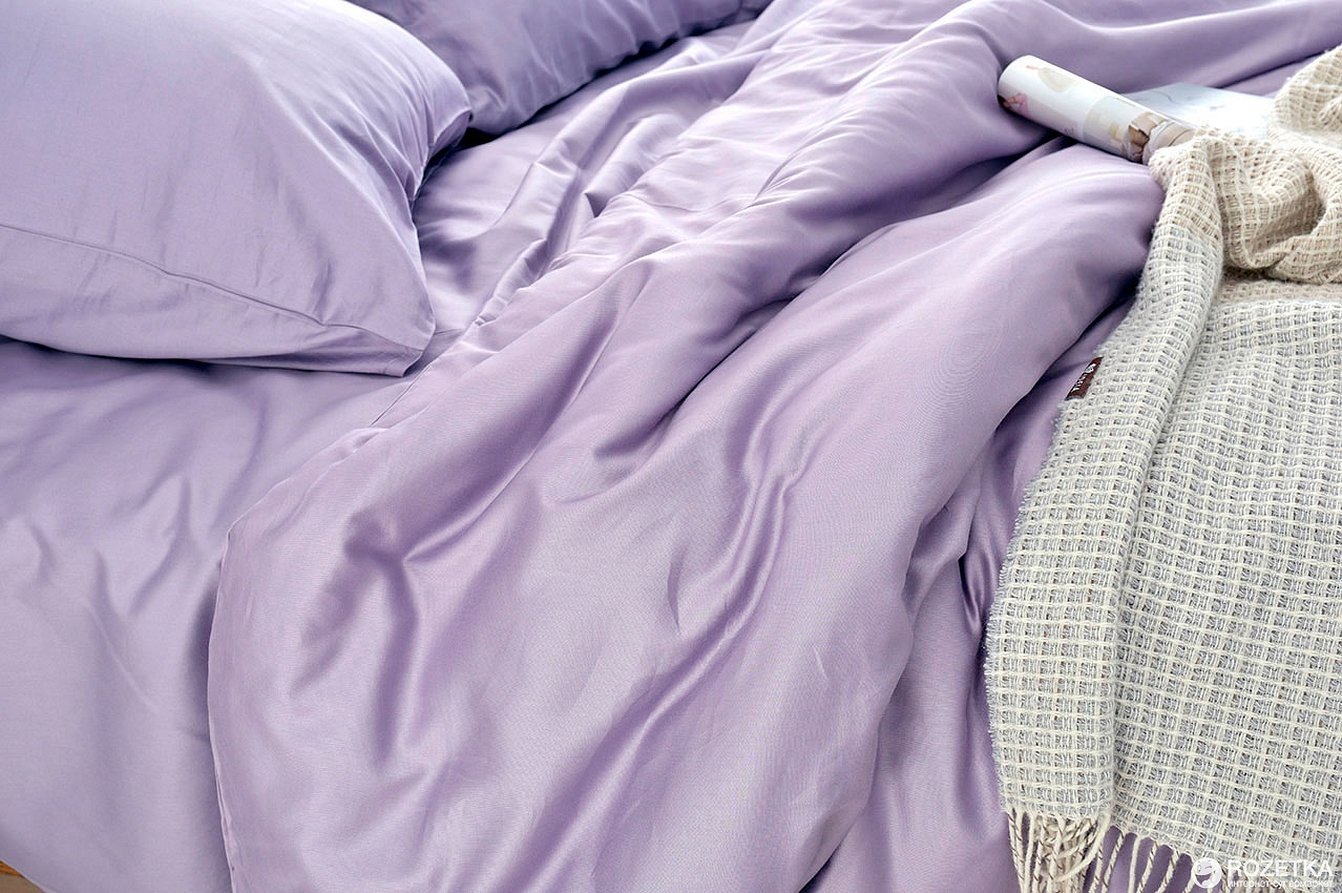
Calico
Cotton material, sewn using a simple technique of interlacing threads - linen. Advantages of the fabric: hypoallergenic, environmentally friendly, durable. From calico you can sew sheets and pillowcases for children's beds. The fabric can withstand many washes, is easy to iron, and the cost of calico is low.
Poplin
According to the rating, this fabric is considered one of the most popular. It is made from cotton fibers by crossing thick and thin threads alternately. Bed linen made of poplin is considered durable and wear-resistant. Also, poplin is not always made of cotton. When sewing, the manufacturer often uses synthetics, silk, wool.
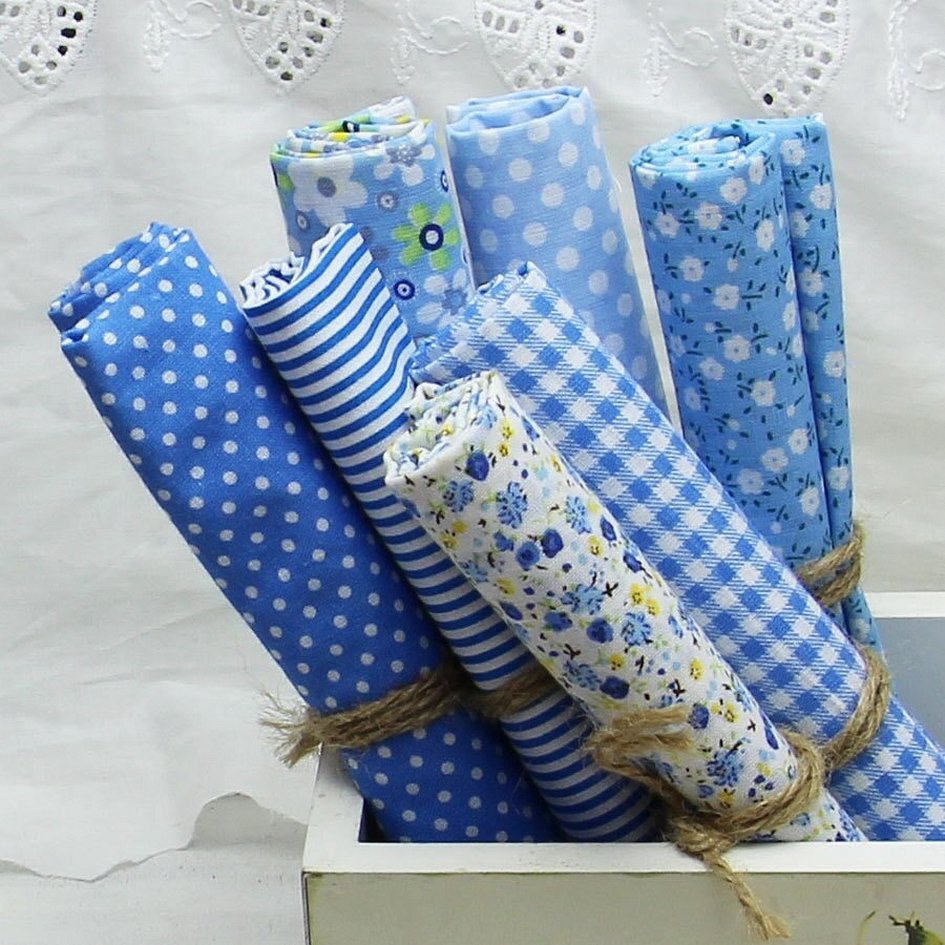
Silk
The technology of making silk fabric is the unwinding of small silkworm cocoons. Despite the fact that silk is now produced in India, Turkey, Brazil and other countries, China always ranks first in the production of this fabric. The main advantages of silk are air permeability, wear resistance and elasticity.
Flax
The fabric is sewn from a plant material - flax. It produces a breathable material that is pleasant to the touch. Flax is heat-conducting and air-permeable, so a bedding set made from it is suitable for hot summers. Also, linen material is considered a natural antiseptic - fungi and harmful bacteria do not survive on it. Disadvantages of the material: slight shrinkage after washing, creasing and crumbling of cuts.
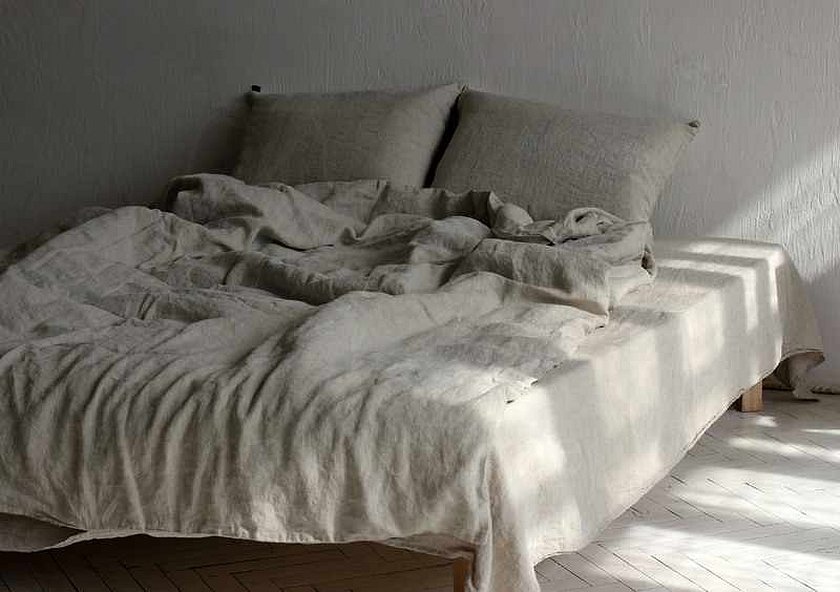
Bamboo
Often, "bamboo viscose" or "bamboo rayon" is mixed with cotton fibers. Bamboo viscose is a fairly durable fabric, heat-insulating and breathable. Silky to the touch, bamboo fabric promotes comfortable sleep. Bamboo fabric hardly wrinkles, is easy to wash and retains a good appearance even after 500 washes.
Percale
It is made of high-quality cotton or linen. Sometimes polyester is added to the production of percale to increase the elasticity of the material. You can sew percale bed linen yourself. The fabric is as easy to work with as cotton. Percale bed linen is durable, retains heat and is impermeable (feathers do not come out of such a pillowcase).

Chintz
The most basic cotton fabric is made by interlacing threads. Chintz is not a high-density material, but due to this quality it is soft and pliable to the touch. Chintz is a light but not warm material - ideal for summer pillowcases and sheets. Chintz comes in several types, but plain dyed is suitable for bed linen. This material can be washed at a temperature of 60 degrees.
Batiste
This fabric is made from the finest linen and cotton fibers, but sometimes synthetics are added to the fabric. The advantage of batiste is its air permeability, which allows the body to breathe. In summer, it is not hot on batiste sheets. The fabric is pleasant to the touch, does not shrink after washing and does not lose its shape.
Flannel
It is highly durable and wear-resistant. The fabric warms and retains heat, so flannel bed linen is ideal for cold seasons. The material is breathable, hypoallergenic and easy to care for. But flannel has its downsides: with prolonged wear, pellets form and after washing, the products take a long time to dry.
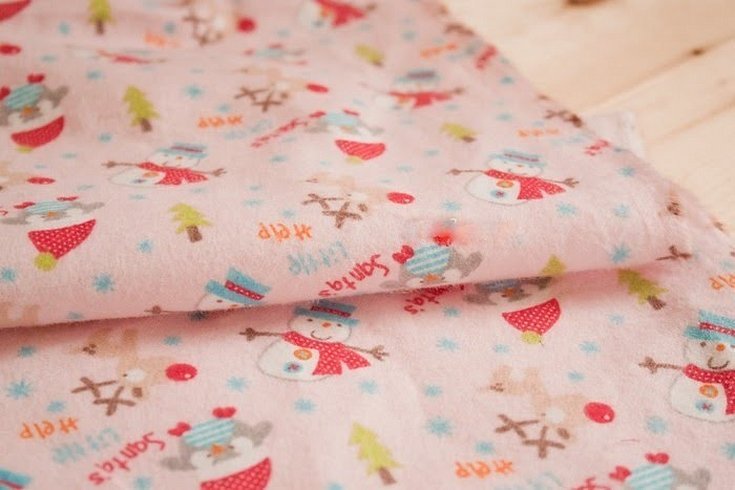
Jacquard
The fabric is made by interweaving different types of threads. After the fabric is created, elegant patterns are obtained. The most famous fabric is satin jacquard, which is intended for the production of elite bed linen. Silk jacquard and knitted fabric are also suitable options for sewing.
Polycotton
This is a new inexpensive high-tech material. It is used to make textiles, clothes and other things. Polycotton is made of cotton and synthetics (polyester). The most popular and high-quality products are made of Pakistani polycotton. Polycotton can be confused with calico by its tactile sensations. The material is wear-resistant, does not dry quickly and does not shrink.
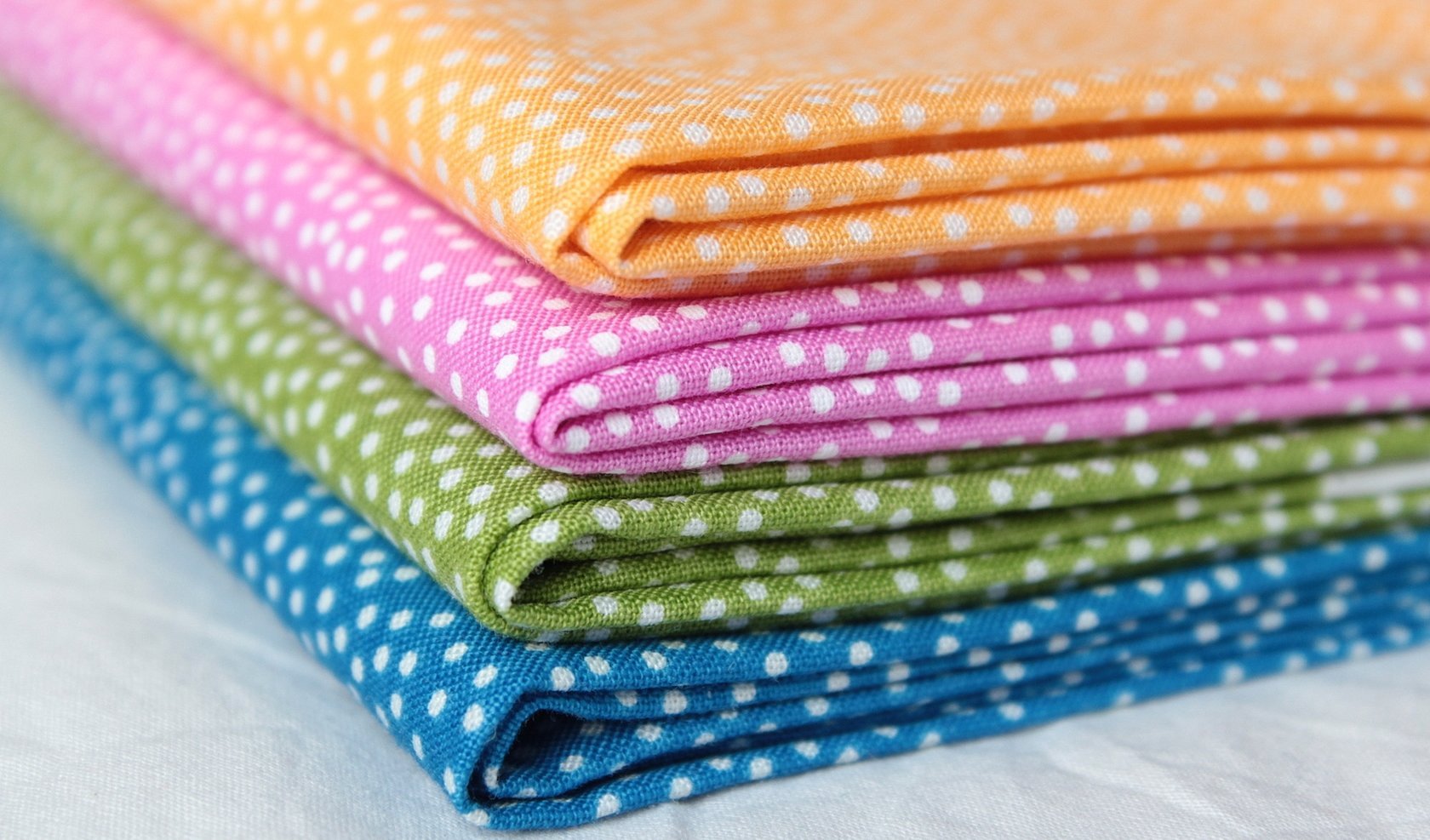
Ranforce
The name "Ranfors" was invented by marketers. It is made from cotton threads or calico. Usually ranfors is a natural fabric, but some manufacturers add up to 20% polyester to it. The material is dense, soft to the touch and high-quality. Sleeping on a ranfors sheet is pleasant and comfortable.
Atlas
This material was invented in China. The fabric gets its shine from a certain weave of threads, which is called satin or weft. The advantages of natural satin are strength, hygroscopicity and durability. The price of silk is quite high. Satin bed linen is considered a festive option.

Mahra
Terry cloth or simply terry is made from loops of yarn. Terry is made from different types of yarn, such as linen, cotton and sometimes synthetic. When choosing terry cloth, it is advisable not to choose the option with the addition of synthetics. Often, manufacturers from China and Turkey add synthetics to terry, and real cotton is made in Uzbekistan.
Tencel
A natural material made from Australian eucalyptus. The material is made artificially using nanotechnology. The manufacturing process of Tencel is complex: first, a homogeneous mass is created from eucalyptus, then it is mixed with certain chemicals and dried. The advantages of Tencel are its environmental friendliness and low wrinkling. The material is suitable for sewing pillowcases, sheets and duvet covers.
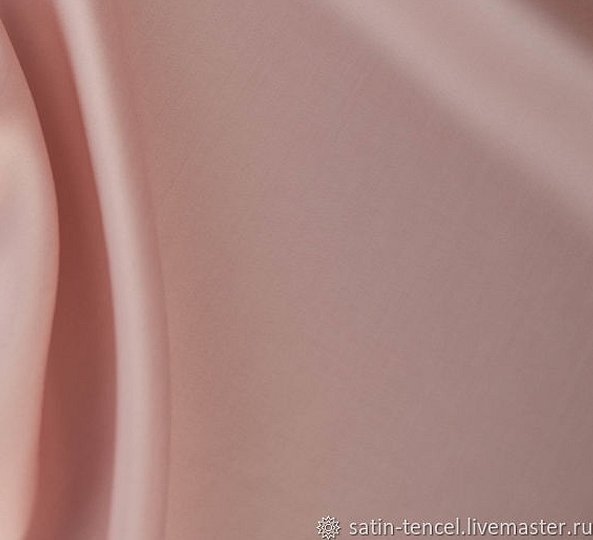
Additional information! Before washing Tencel, it is important to read the label. In some cases, Tencel cannot be washed and is dry clean only.
Many fabrics are suitable for sewing bed linen, so the choice of material depends on personal preferences and financial capabilities. The main criteria for choosing a set are durability, ability to dry quickly and naturalness of the material.



